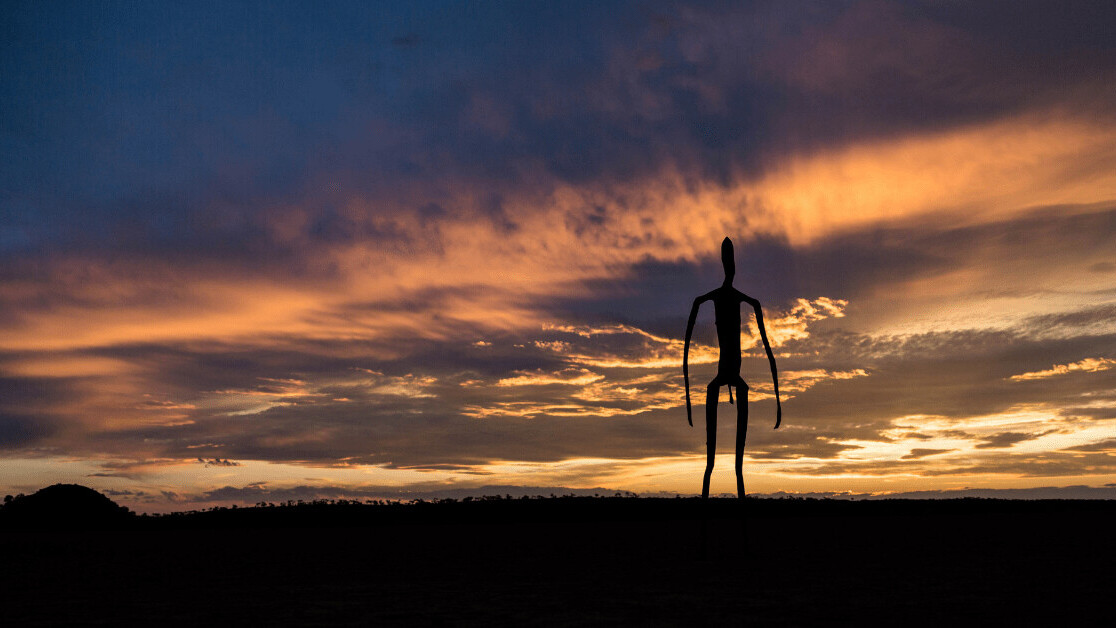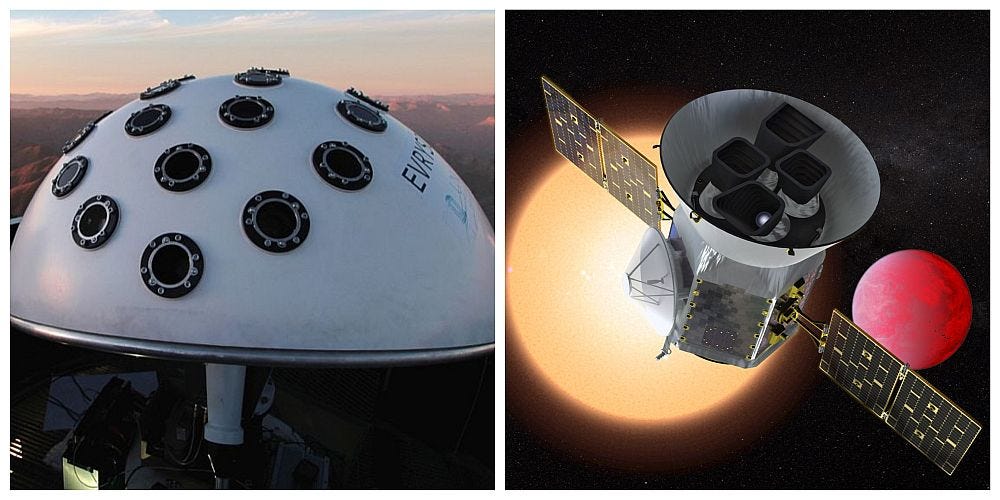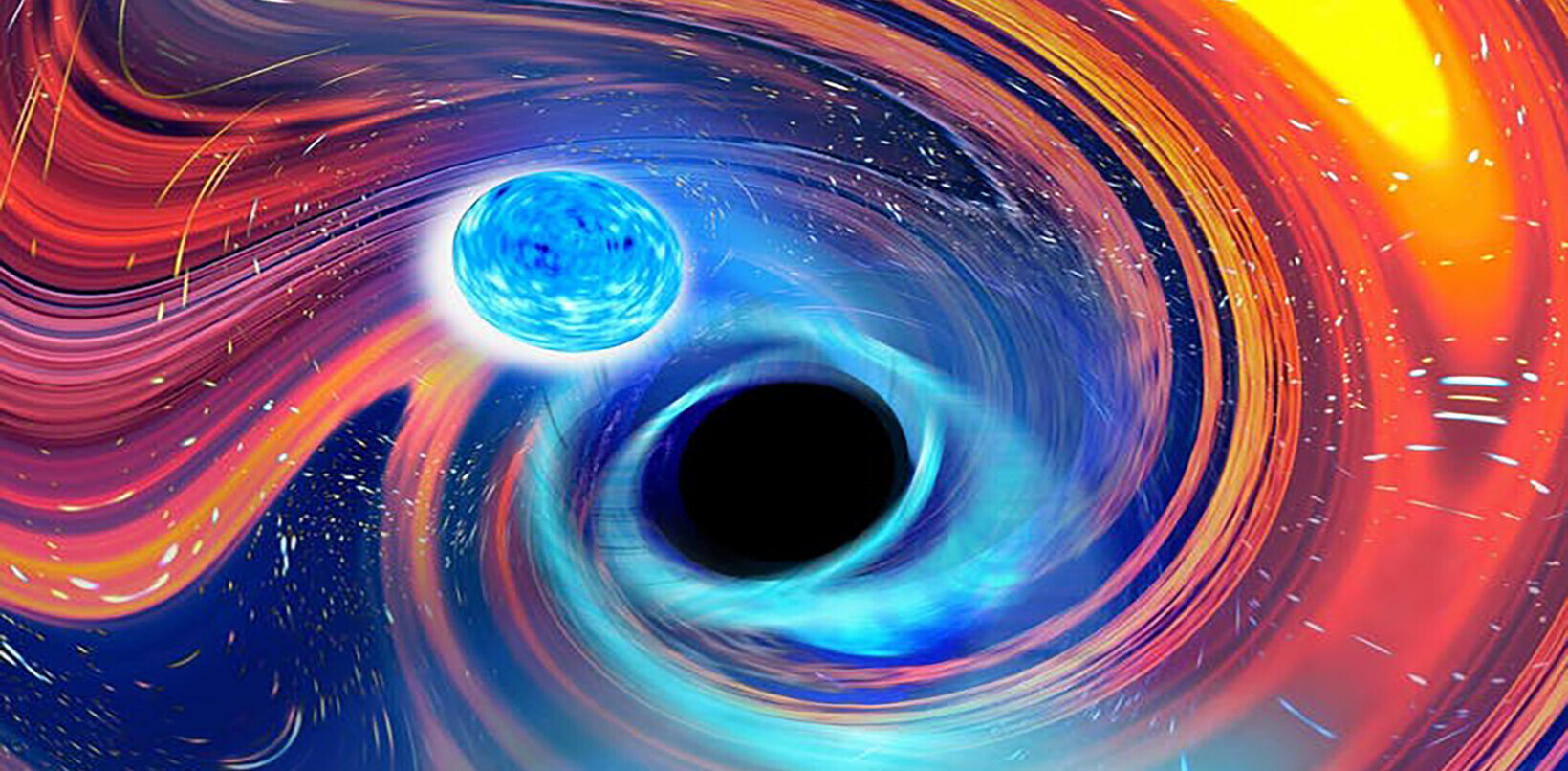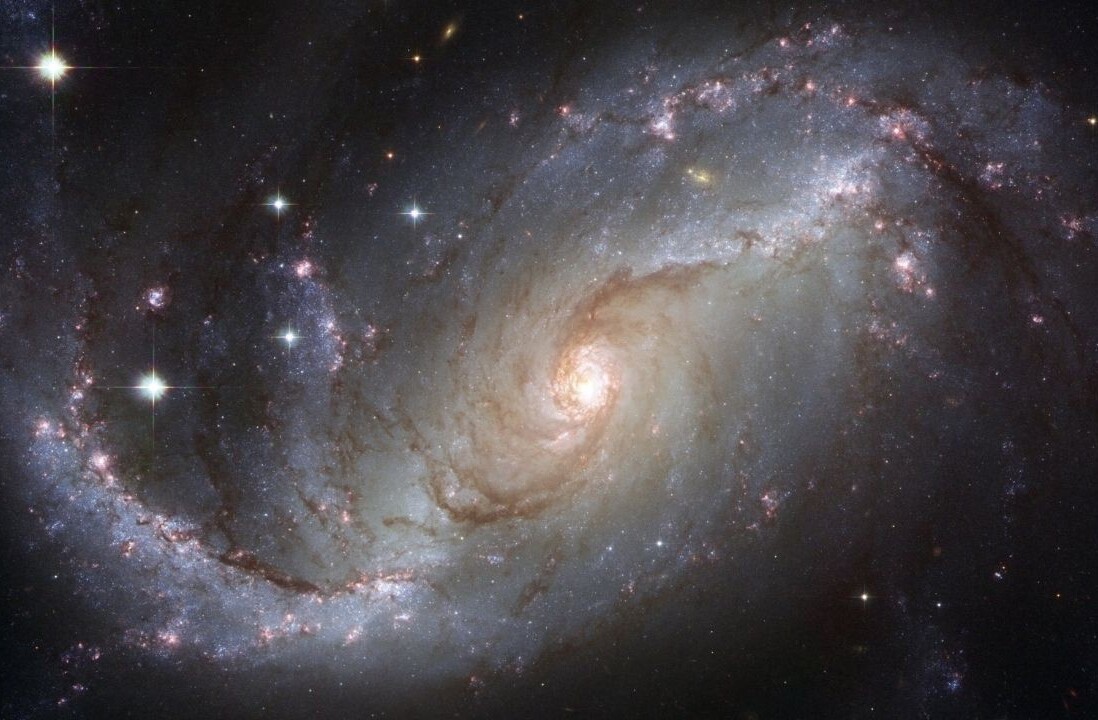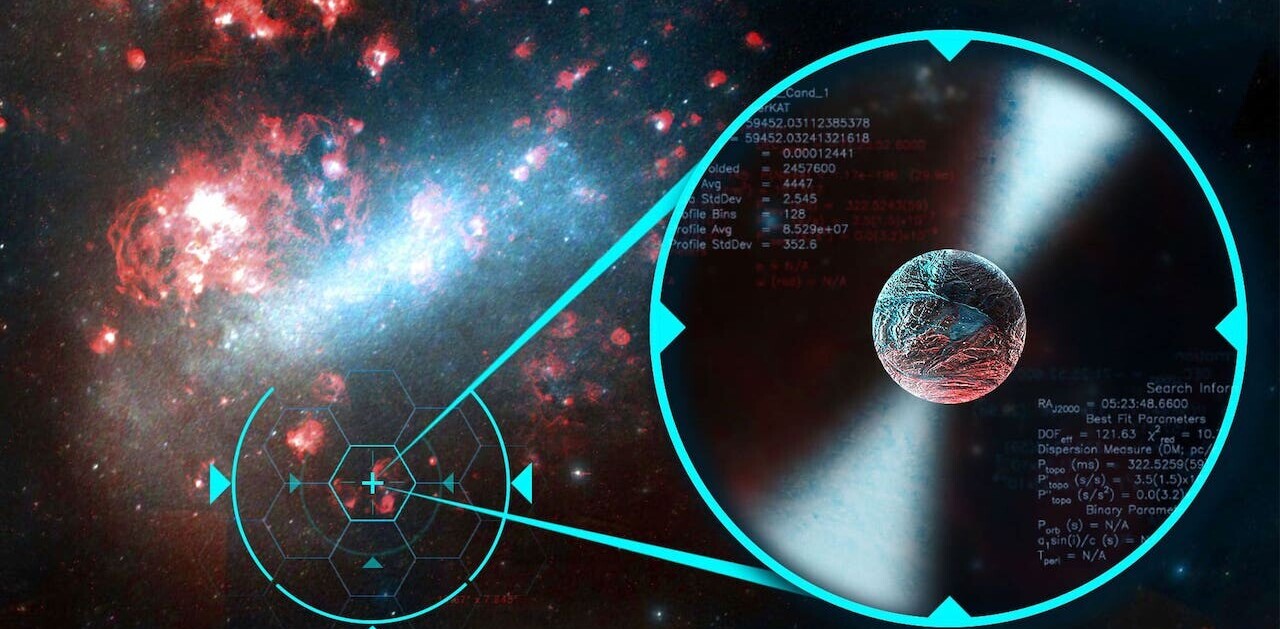Stellar flares could affect chances of life developing on planets orbiting other stars. A new study from the University of North Carolina at Chapel Hill examines large stellar flares erupting from a myriad of stars, searching for answers to how those events could alter chances for life on worlds orbiting these stars.
Ultraviolet radiation from flares — including powerful superflares — could result in periodic extinctions, wiping out any lifeforms which may have developed on those worlds.
“Super flares are bursts of energy that are 10 to 1,000 times larger than the biggest flares from the Earth’s sun. These flares can bathe a planet in an amount of ultraviolet light huge enough to doom the chances of life surviving there,” the Evryscope team reports.
The bigger they come…
Solar flares take place on our own Sun, but the vast majority of these are fairly small and well-contained. However, some stars produce superflares — stellar eruptions 10 to 1,000 larger than anything seen on the Sun. Such eruptions produce powerful outbursts of ultraviolet radiation capable of wiping out life on planets in orbit around the star.
The team observed target stars using the UNC-Chapel Hill Evryscope telescope array and NASA’s Transiting Exoplanet Survey Satellite (TESS), seeking to understand how superflares affect exoplanets.
Researchers found a relationship between the size of a superflare and its temperature. The amount of radiation released by superflares is dependent on temperature, connecting the size of the flare to the amount of energy released.
Superflares generally emit the majority of their energy over a short 15-minute period. Observations were taken by astronomers every two minutes, producing data throughout the events.
Superflares could supply most of the ultraviolet radiation affecting biological processes on alien worlds.
If such flares erupt at temperatures over 8,700 degrees Celsius (15,700 Fahrenheit), ultraviolet radiation could be 10 times greater than would be expected from studying just visible light from the events, the study found. This finding could potentially change our understanding of how superflares affect exoplanets.
“However, it is unknown for how long M-dwarf superflares reach temperatures above 9000 K. Only a handful of M-dwarf superflares have been recorded with multi-wavelength high-cadence observations,” researchers wrote in an article in the Astrophysical Journal detailing their study. The video below shows an interview with Scott Lambros, providing the latest updates for the James Webb Space Telescope.
Turning up the heat
Astronomers using the James Webb Space Telescope (JWST), currently scheduled for 2021, will be able to study exoplanets in unprecedented detail. This new study could assist researchers in selecting planets where life is most likely to be found.
These 27 observations allowed researchers to determine the amount of time such outbursts may have affected lifeforms on planets orbiting these stars.
“We found planets orbiting young stars may experience life-prohibiting levels of UV radiation, although some micro-organisms might survive,” Ward S. Howard, a doctoral student at UNC-Chapel Hill stated.
The study found 43 percent of the events studies erupted at temperatures greater than 13,700 C (24,700 F), and 23 percent of the events had temperatures over 19, 700 C (35,400 F).
Such display would deliver between 120 and 1,000 watts per square meter of energy to the upper atmospheres of Earth-sized worlds in those systems, researchers speculate.
This article was originally published on The Cosmic Companion by James Maynard, founder and publisher of The Cosmic Companion. He is a New England native turned desert rat in Tucson, where he lives with his lovely wife, Nicole, and Max the Cat. You can read this original piece here.
Astronomy News with The Cosmic Companion is also available as a weekly podcast, carried on all major podcast providers. Tune in every Tuesday for updates on the latest astronomy news, and interviews with astronomers and other researchers working to uncover the nature of the Universe.
Get the TNW newsletter
Get the most important tech news in your inbox each week.
